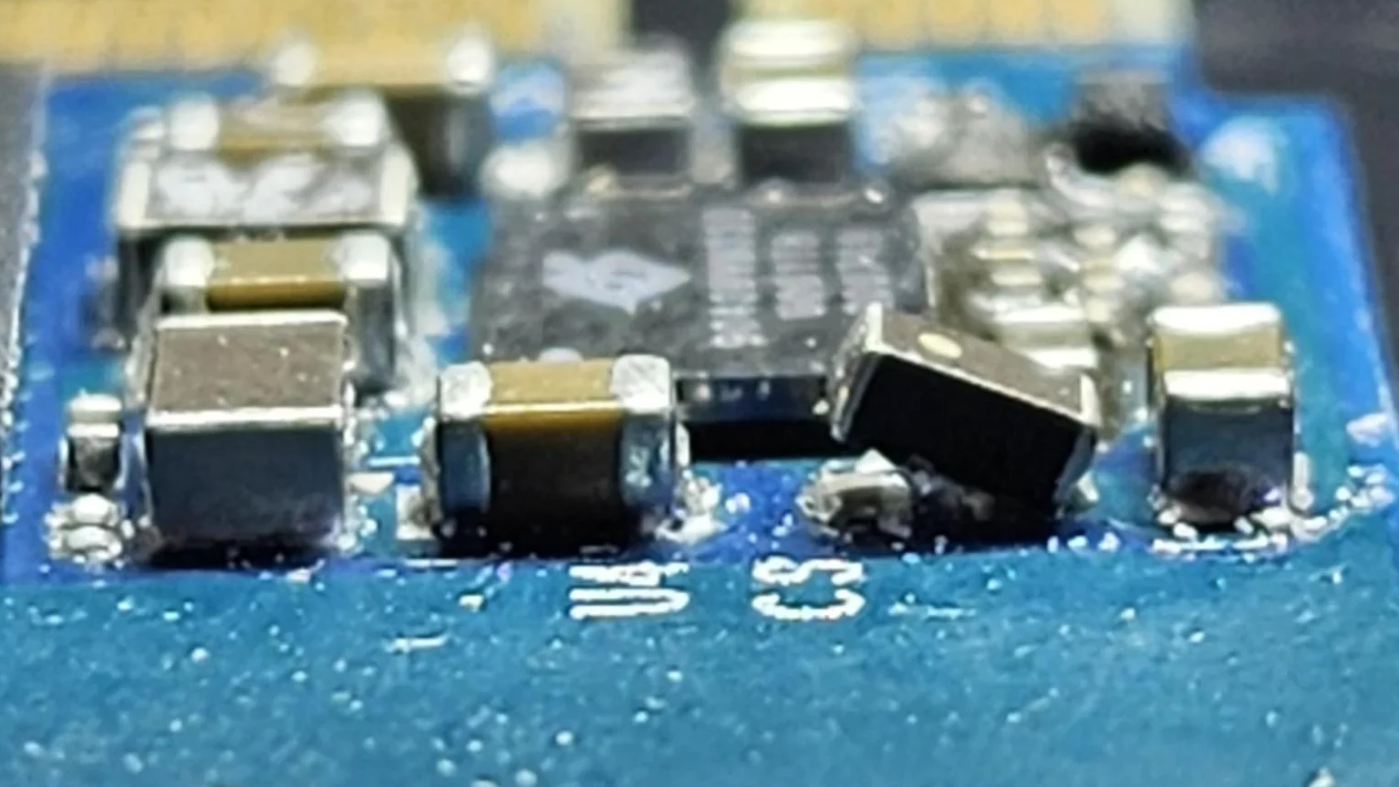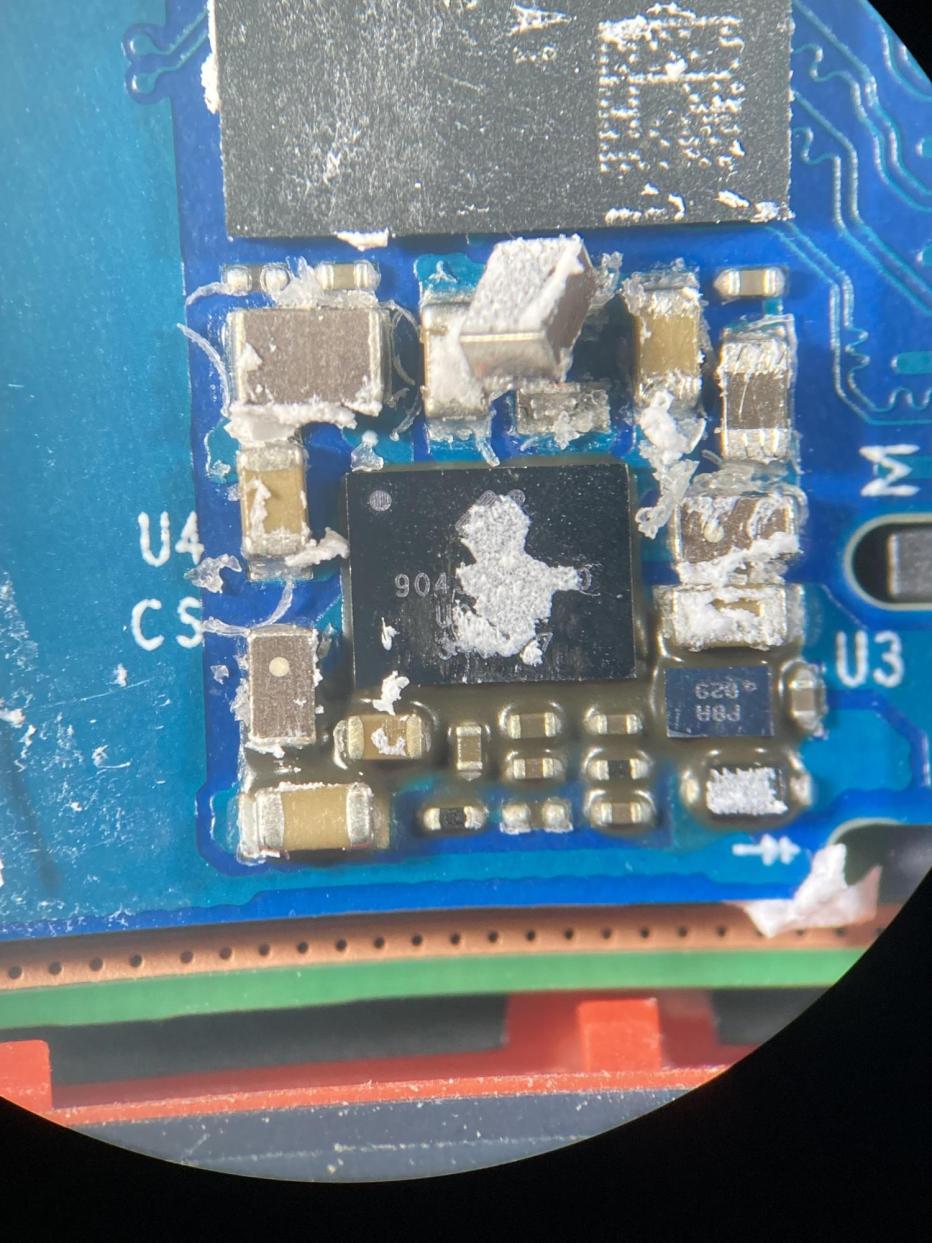SanDisk Extreme Pro Failures Result From Design and Manufacturing Flaws, Says Data Recovery Firm
It doesn't look like a firmware fix will be enough.

A new report from a data recovery company now points the finger at design and manufacturing flaws as the underlying issue with the recent flood of SanDisk Extreme Pro failures that eventually spurred a class action lawsuit. It became clear in May that some of Western Digital's SanDisk Extreme Pro 4TB SSDs suffered from sudden data loss; at this point, the company promised a firmware update to owners of the 4TB models. However, the 2TB and 3TB models also suffer from the same issue, and Western Digital did not promise any firmware updates for these drives.
Markus Häfele, Managing Director of Attingo, a data recovery company, told FutureZone that the problem lies in hardware, not firmware, which could explain the lack of corrective firmware updates for those models and SanDisk's continued silence about the source of the issues.
A Hardware Problem
Attingo, which has been in the data recovery business for over 25 years, normally sees these failed SanDisk Extreme Pro SSDs at least once a week. The problem appears to be rather complex. According to Häfele, the components used in these SSDs are too big for the circuit board, causing weak connections (i.e., high impendence and high temperatures) and making them prone to breaking. He also says that the soldering material used to attach these components is prone to forming bubbles and breaking easily.
It remains unknown whether the cause is cheap solder, the componentry, or both contribute to the issues observed. However, newer revisions of these SanDisk Extreme Pro SSDs seem to have been modified with extra epoxy resin to secure the oversized components. This suggests that Western Digital might know about the hardware problems. Nevertheless, these newer models are still failing, thus sending data recovery service customers to firms like Attingo.
According to the head of Attingo, the issue seems to be affecting multiple product lineups, including both SanDisk Extreme Portable SSD as well as the SanDisk Extreme Pro Portable SSD.
A Strange Attitude?
Western Digital's handling of this situation, especially in communicating with customers and the media, can easily be criticized. Our colleagues from The Verge first reported back on August 8 that Western Digital's SanDisk Extreme 3TB SSDs can suddenly lose data, requiring expensive data recovery services to recoup precious files — if you're lucky. As it turns out, one of The Verge's editors lost a video stored on one of these drives and, after a quick investigation, discovered that he is far from alone with this problem. He noted that people continued losing data on 2TB SSDs after May, which is when Western Digital promised a firmware update for the 4TB drives.
To follow up on its investigation, the Verge quizzed Western Digital about the recurring issue with its Extreme Pro SSDs but did not receive a response as of August 19, 2023. The website asked WD why storage that could potentially lose data was suddenly on sale at several retailers and whether the company planned to offer free data recovery services to its customers. The editors also questioned whether Western Digital proactively warned users about the possible issue.
NAND memory-based drives can lose data due to multiple factors. Sometimes, the flash drive itself might have manufacturing defects that can cause data loss. This is more common with low-quality or counterfeit drives, but this is certainly not the case with the SanDisk Extreme Pro products bought from prominent retailers like Amazon. Worse yet, these external SSDs are aimed at professionals.
Get Tom's Hardware's best news and in-depth reviews, straight to your inbox.
While one of the issues is that some of Western Digital's SanDisk Extreme Pro suddenly lose data, another is that the company hasn't communicated well about the problems. We have contacted Western Digital once again for comment and await a response.

Anton Shilov is a contributing writer at Tom’s Hardware. Over the past couple of decades, he has covered everything from CPUs and GPUs to supercomputers and from modern process technologies and latest fab tools to high-tech industry trends.
-
endocine "the resistors used in these SSDs are too big for the circuit board" What does that mean, are the solder pads too small for the component, or ... something else? how can anything be too big for the board its soldered onto?Reply -
punkncat SanDisk having failure(s), unheard of..... ;)Reply
I am astounded they still can sell things under that moniker. -
digitalgriffin Sandisk: here's a $5 rebate off your next drive purchase from us.Reply
Lawyers: $$$$ -
USAFRet SanDisk: "Even though your dead SSD is past the 3 year warranty, we're giving you a new, better one, for free."Reply
(me, Dec 2018) -
SeaTech Something else that is interesting...apparently Western Digital intends to split/spin-off their Flash and HDD business after a merger plan with Kioxia fell through. Feels a bit odd really...depending on the news article you can get a rather different feel about this split..one is 'oh the flash business is not making money and there is too much supply on the market, let's get rid of it' while the other narrative has been "the HDD segment is a legacy business that does not mesh well with flash technologies, better to separate things out'. One thing is for certain: if the split does happen as reported there may no longer be WD branded SSDs/ M.2 drives...as they plan to have the HDD business keep the name...no name is yet specified for the flash business. Why seagate has made things work while WD's business has struggled is a bit mystifying. WD's non-sanDisk M.2/SSD drives seem to be performing well....shame to see that spun-off. I guess Seagate will be the competition winner by default...after so many years...it was akin to the Nvidia vs AMD struggle and now...perhaps no more.Reply -
TwoSpoons100 Reply
There are a number of failure modes for SMT parts, especially the larger ones which are of subject to higher mechanical stress. Those pads look like IPC minimum size, probably so they could cram everything into a smaller space. Doesn't help with reliability. The part may also be suffering from thermal shadowing, being so close to other parts. Or it could simply be the soldering temperature profile isn't quite right. I've not heard of 'Bad Solder' myself, only 'Bad Soldering'. And although solder paste does have a limited shelf life, the fab houses building these boards will being going through tonnes of the stuff, so they are always buying in fresh.endocine said:"the resistors used in these SSDs are too big for the circuit board" What does that mean, are the solder pads too small for the component, or ... something else? how can anything be too big for the board its soldered onto? -
ekio Outch. With the price they cost, being cheap about the design and manufacture is unforgivable. No Sandisk product for me anymore then.Reply -
3ogdy Design flaw, yeah. I beat the drum about how bad SanDisk products are for a while around here.Reply
Not just SSDs, but other flash storage devices as well. They become read - only and then die.
They have great pricing but the quality isn't there. You get what you pay for, I suppose.
They're simply not worth the hassle of losing data. My 128 GB Samsung SSD 830 still works to this day. Unbelievable. -
plateLunch Reply
Split is being pushed by an "activist investor". In other words, a money grubbing MBA who doesn't really care about product quality or customers. Flash is considered a fast growing business. Activist investors like that. Fast growing businesses command high stock price multiples, creating money for investors. The HDD business is not growing. Maybe it can make a profit but it does not have the flashy growth that activist investors like.SeaTech said:Something else that is interesting...apparently Western Digital intends to split/spin-off their Flash and HDD business after a merger plan with Kioxia fell through. Feels a bit odd really...depending on the news article you can get a rather different feel about this split..
Maybe related note... Western Digital's CEO came in as the lowest rated CEO as rated by employees in an Oct 14 article here on Tom's. Hmmm. When I saw that article, I was wondering if they suffer from quality problems with all the unhappy employees. And then this article comes out. Will probably take WD off my approved vendor list. -
Alvar "Miles" Udell ReplyOur colleagues from The Verge first reported back on August 8 that Western Digital's SanDisk Extreme 3TB SSDs can suddenly lose data, requiring expensive data recovery services to recoup precious files — if you're lucky.
Unless you use an ounce of common sense and routinely backup your files. I don't care if you run RAID6 with enterprise grade drives, you need to backup to either the cloud (personal NAS or commercial), or on an external HDD, and with the prices of both being exceedingly affordable, and setting up automated backups exceedingly easy, there's no excuse not to.
To borrow an illustration:
